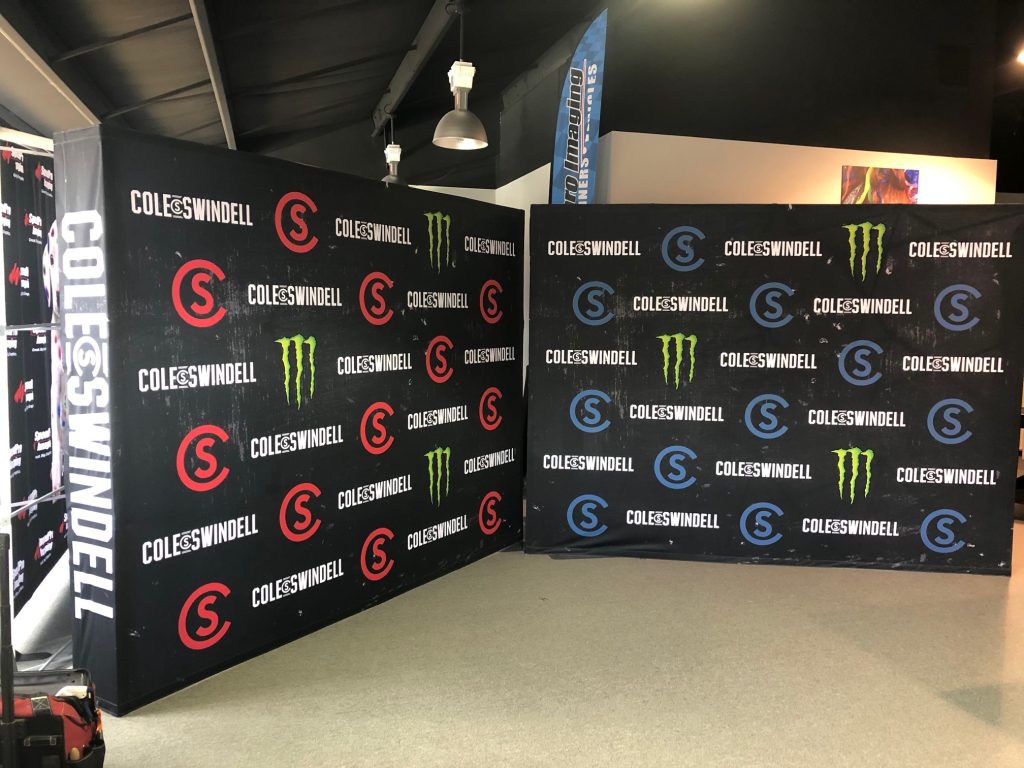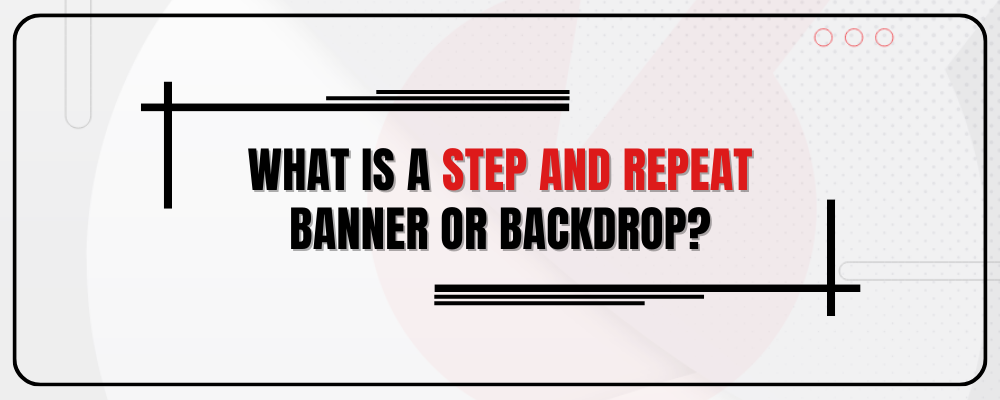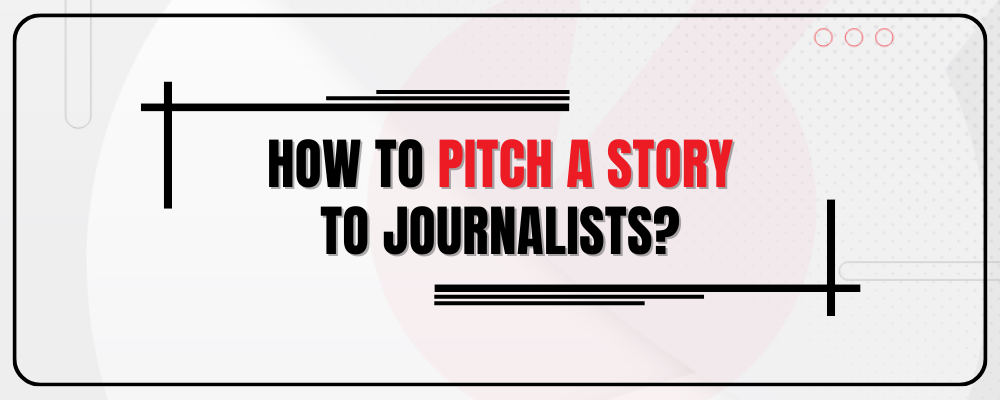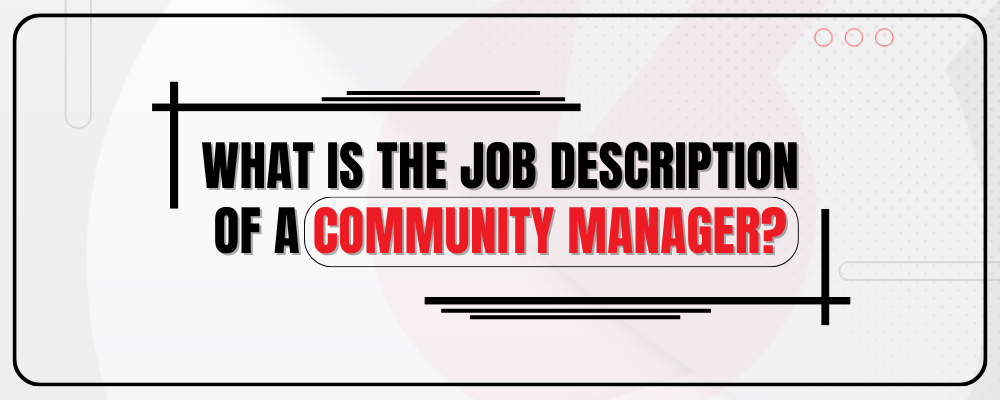A “step and repeat” is a graphic design technique used in photography, primarily in the context of events like red carpet premieres, award shows, and promotional events. This technique involves creating a pattern or arrangement of logos, images, or other graphic elements that are repeated in a consistent and visually appealing manner on a backdrop or banner.

Image source: KARWAI TANG//GETTY IMAGES
The term “step and repeat” itself refers to the way individuals or groups step onto a designated spot on the floor in front of the backdrop, pose for photographs, and then step aside for the next person or group to repeat the process. This ensures that the logos or graphics on the backdrop are prominently featured in the background of the photographs, providing visibility and exposure for sponsors, brands, or event organizers.
Companies use them to increase brand visibility and create a strong visual presence at events. The repetitive display of logos in photographs ensures that the brand is prominently featured in the media coverage and social media posts associated with the event.

Image source
Design Elements
The key design elements in a step and repeat setup typically include logos, brand names, event names, or any other graphics relevant to the occasion. These elements are arranged in a repeating pattern across the backdrop to ensure maximum exposure. Logos are often spaced evenly and sized appropriately to create a visually balanced and aesthetically pleasing display.
Backdrop Material
Step and repeat backdrops are commonly made of vinyl or fabric materials that are durable and have a smooth surface for high-quality printing. The choice of material depends on factors such as the event’s duration, indoor or outdoor use, and budget considerations.
Printing Process
High-quality printing is crucial for a successful step and repeat backdrop. Large format printing techniques, such as dye-sublimation or UV printing, are commonly employed to produce vibrant and sharp graphics on the backdrop material. These printing methods ensure that logos and images appear clear and vivid in photographs.
Customization
Step and repeat backdrops are highly customizable to suit the specific needs and branding requirements of an event. The arrangement of logos, the color scheme, and the overall design can be tailored to match the theme or style of the occasion. Customization allows for a unique and branded backdrop that enhances the overall visual appeal of the event.
Placement and Size
The proper placement and size of logos on a step and repeat backdrop are essential for optimal visibility in photographs. Logos are strategically arranged to ensure that they are captured in photos when individuals or groups stand in front of the backdrop. The size of the logos is also carefully considered to make them prominent without overwhelming the overall design.
Event Marketing and Sponsorship
Step and repeat backdrops serve as powerful marketing tools for sponsors and event organizers. Sponsors often pay to have their logos prominently featured on the backdrop, gaining exposure to a wider audience through event photos and media coverage. This type of sponsorship helps fund events and contributes to their overall success.
Photography Considerations
Photographers play a crucial role in the effectiveness of a step and repeat setup. They need to be positioned strategically to capture individuals or groups as they step onto the designated spot, ensuring that the logos are visible in the background. Proper lighting is also essential to highlight the backdrop and the people posing in front of it.
Digital Step and Repeat
With advancements in technology, digital step and repeat backdrops have become popular. LED screens or projectors can display dynamic and interactive graphics as a backdrop, providing a modern and customizable alternative to traditional printed backdrops. Digital step and repeats offer the flexibility to change graphics on the fly and incorporate animations.
Origins of Step and Repeat Banner
The origins of the step and repeat technique can be traced back to the early days of Hollywood, where celebrities and VIPs would pose in front of branded backdrops at events and premieres. Over time, the concept evolved and expanded beyond the entertainment industry, becoming a standard feature at various events, including fashion shows, product launches, and corporate gatherings.
Examples of Step And Repeat Backdrops

Image source
Red Carpet Events
The Academy Awards Red carpet event is one of the most iconic and widely televised events featuring step and repeat backdrops. Major film studios, sponsors, film studios, and fashion brands often take advantage of the red carpet backdrop to showcase their logos and support the event as celebrities pose for photographs, giving them massive PR exposure.
Corporate Events and Conferences
Beyond the glitz and glamour of entertainment events, step and repeat backdrops are commonly used in corporate settings. Conferences, trade shows, and business expos often feature branded backdrops to reinforce corporate identity and sponsorships. The professional atmosphere of these events aligns well with the polished look of step and repeat setups.
Fashion Shows
Fashion shows are another domain where step and repeat backdrops play a crucial role. Designers, fashion houses, and sponsors use these backdrops to display their logos and support the overall aesthetic of the event. The visually appealing and customizable nature of step and repeats complements the creativity showcased on the runway.
Charity and Fundraising Events
Non-profit organizations and charitable events leverage step and repeat backdrops to recognize sponsors and contributors. By prominently featuring logos and supporter names, these organizations express gratitude and create a sense of community around their cause. This creates a visually appealing backdrop for press coverage and social media posts associated with the event.
Sports Matches

Image source
Post-match press conferences in cricket are platforms where players, coaches, and team officials address the media. Often, a branded backdrop is set up behind the individuals speaking, featuring tons of logos. These backdrops often include the logos of tournament sponsors, presenting partners, and other associated brands. This provides a consistent and branded background for media coverage and photographs.
New York Fashion Week
Fashion Week events worldwide, especially the renowned New York Fashion Week, utilize step and repeat backdrops extensively. Fashion designers, sponsors, and luxury brands use this platform to reinforce their presence in the fashion industry.
Cannes Film Festival
The Cannes Film Festival, held in France, is another high-profile event where step and repeat backdrops are a staple. The backdrop features logos of sponsors and official partners, providing them with global exposure during the festival.
Movie Premieres
Beyond award shows, movie premieres around the world feature step and repeat backdrops. Studios and production companies use this opportunity to showcase their logos and generate buzz around the film.
Placement Of Step and Repeat Background

Image source
Eye-Level Placement
Logos placed at eye level on the step and repeat backdrop are generally more prominent and receive higher visibility. This prime real estate ensures that the logos are captured prominently in photographs, making them more appealing to sponsors. Key areas where eye-level placement is often preferred include the center and upper portions of the backdrop.
Center Stage
Placing logos in the center of the backdrop ensures that they are directly in the line of sight for photographs. This central placement is often reserved for lead sponsors or primary event partners who contribute significantly to the event’s funding.
Strategic Spacing
The arrangement of logos on the backdrop involves strategic spacing to avoid overcrowding and maintain a visually appealing design. Logos may be evenly distributed, ensuring that each sponsor receives fair visibility. Proper spacing allows for the clear recognition of individual logos in photos.
Size Of Step and Repeat Logos
Proportional Sizing
The size of each sponsor’s logo on the backdrop is typically proportional to their level of sponsorship or contribution. Major sponsors may have larger logos to reflect their significant support, while smaller logos are used for supporting sponsors. Proportional sizing helps create a hierarchy that aligns with the sponsors’ financial commitments.
Logo Legibility
While larger logos can enhance visibility, it’s essential to maintain logo legibility. Even smaller logos must be clear and easily recognizable in photographs. The design team responsible for creating the step and repeat backdrop considers the optimal balance between size and clarity for each logo.
Multiple Logos
Events often have multiple sponsors, each with different levels of investment. The size of each logo is determined by the sponsor’s financial commitment and the sponsorship tier. Lead sponsors, for instance, may have larger logos compared to secondary or supporting sponsors.
Background Design
The overall design of the backdrop, including any patterns or graphics that complement the logos, can influence how well logos stand out. Design elements should enhance, not distract from, the visibility of sponsor logos.
Pricing Structure
Sponsors typically pay different amounts based on the level of visibility and prominence they seek on the step and repeat backdrop. Pricing structures can vary, and sponsors may choose from different sponsorship tiers that offer varying levels of exposure. Common tiers include:
- Title Sponsorship: The top-tier sponsor, often the title sponsor, pays the highest amount for exclusive and premium placement. This sponsor usually receives the largest logo size and prime positioning on the backdrop.
- Gold/Silver/Bronze Tiers: Events may offer multiple sponsorship tiers with varying levels of investment. Higher-tier sponsors enjoy larger logos and more prominent placement, while lower-tier sponsors receive slightly smaller logos and are positioned accordingly.
- Individual Add-Ons: Some events offer additional opportunities for sponsors to pay for specific features, such as exclusive spaces on the backdrop, special positioning, or larger logos. These add-ons provide sponsors with more customization options based on their preferences and marketing objectives.
frequently asked questions
- What is the Ideal Distance for Step and Repeat Backdrops?
- The ideal distance between the step and repeat backdrop and the designated spot for individuals or groups to stand is typically around 8 to 10 feet. This distance ensures that the logos or graphics on the backdrop are clearly visible in photographs.
- Can Step and Repeat Backdrops be Used Outdoors?
- Yes, step and repeat backdrops can be used outdoors, but the choice of materials becomes crucial. Durable, weather-resistant materials such as vinyl are commonly used for outdoor events to withstand various weather conditions.
- Are Step and Repeat Backdrops Only Used for Red Carpet Events?
- While red carpet events are a popular context for step and repeat backdrops, they are not limited to such occasions. These backdrops are versatile and can be used in various settings, including corporate events, trade shows, fashion shows, and product launches.
- How Are Logos Applied to Step and Repeat Backdrops?
- Logos are typically applied to step and repeat backdrops through large format printing techniques, such as dye-sublimation or UV printing. These methods ensure high-quality, vibrant, and sharp graphics on the backdrop material.
- Can Digital Step and Repeat Backdrops Replace Printed Ones?
- Yes, digital step and repeat backdrops, using LED screens or projectors, have become increasingly popular. They offer the advantage of dynamic and customizable graphics, allowing for real-time changes and interactive elements.
- What is the Standard Size for Logos on Step and Repeat Backdrops?
- There isn’t a strict standard size for logos, as it depends on various factors such as the size of the backdrop, the number of sponsors, and the overall design. However, logos are sized proportionally to maintain visual balance and clarity.
- How Far Back in History Does the Step and Repeat Technique Date?
- The step and repeat technique has its roots in the early days of Hollywood. Celebrities would pose in front of branded backdrops at events and premieres. Over time, the concept evolved and expanded to various industries.
- Can Step and Repeat Backdrops Be Customized for Different Events?
- Yes, step and repeat backdrops are highly customizable. The arrangement of logos, color schemes, and overall design can be tailored to match the specific theme or branding requirements of different events.
- Why it is called step and repeat?
- The environmental impact of step and repeat backdrops depends on the materials used. Some eco-friendly options, such as recyclable or biodegradable materials, are available for those who prioritize sustainability.
- Are Step and Repeat Backdrops Used in Virtual Events?
- Yes, step and repeat backdrops have adapted to virtual events. Virtual step and repeat setups involve using green screens or digital backgrounds, allowing participants to pose in front of branded visuals during online events or interviews.






